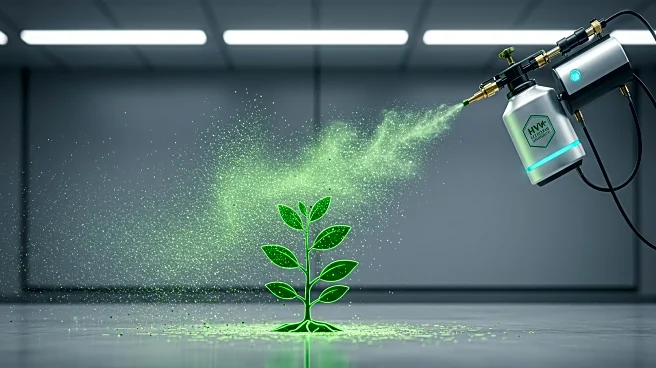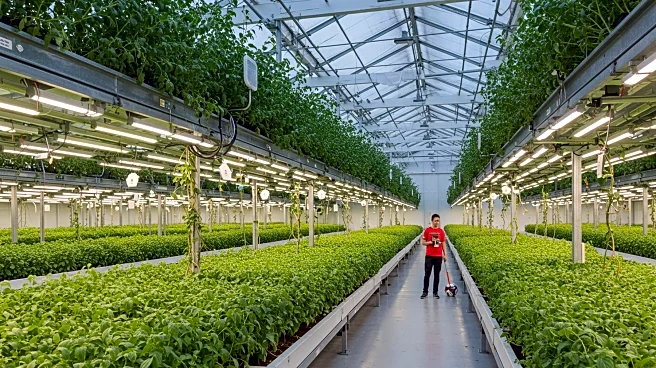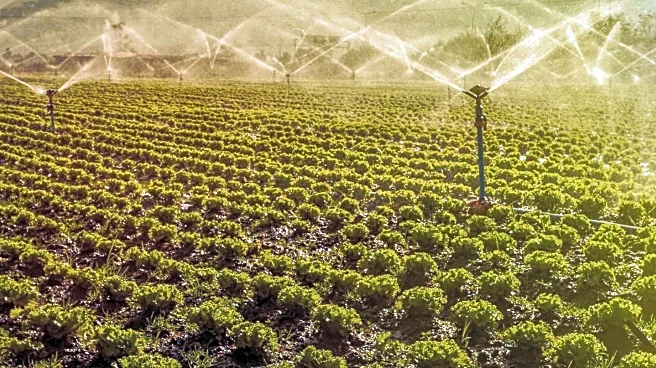Rapid Read • 8 min read
Polyfilm greenhouses are experiencing a renaissance in the agricultural industry, transforming from budget alternatives to sophisticated, sustainable solutions. These greenhouses, made from polyethylene film, offer affordability, innovation, and sustainability, making them a popular choice for growers in the U.S. and arid regions like Qatar, Saudi Arabia, and the UAE. The technology behind polyfilm greenhouses has advanced significantly, with modern designs providing high yields and quality through controlled environments. These structures are now equipped with smart features such as automated climate controls and IoT sensors, allowing precise management of growing conditions. The cost-effectiveness and high output of polyfilm greenhouses make them a compelling choice for profitability in diverse markets.
AD
The rise of polyfilm greenhouses is significant for the agricultural industry as they offer a sustainable path to profitability. By providing controlled environments, these greenhouses enable year-round cultivation, higher yields, and reduced resource use, which are crucial for meeting the growing demand for food. The affordability of polyfilm structures allows more growers to enter the market, promoting local food production and reducing reliance on imports. Additionally, the environmental benefits, such as water conservation and reduced chemical use, align with global sustainability goals. This shift towards polyfilm greenhouses supports economic growth and food security, particularly in regions facing climate challenges.
The adoption of polyfilm greenhouses is expected to continue growing, driven by their proven success in diverse climates and their ability to support sustainable agriculture. As technology advances, these greenhouses will likely incorporate even more sophisticated features, enhancing their efficiency and productivity. The trend towards local food production using polyfilm structures is anticipated to expand, with governments and private sectors investing in greenhouse projects to boost food security. This growth will likely lead to further innovations in greenhouse design and materials, making polyfilm greenhouses an integral part of the future agricultural landscape.
The polyfilm greenhouse revolution has deeper implications for the agricultural industry, including ethical and cultural dimensions. By enabling sustainable farming practices, these greenhouses contribute to environmental conservation and resource efficiency. They also empower local communities by providing opportunities for small-scale farmers to compete in the market. The shift towards polyfilm greenhouses reflects a broader cultural movement towards responsible and resilient food production, highlighting the importance of innovation in addressing global challenges such as climate change and food security.
AD
More Stories You Might Enjoy












